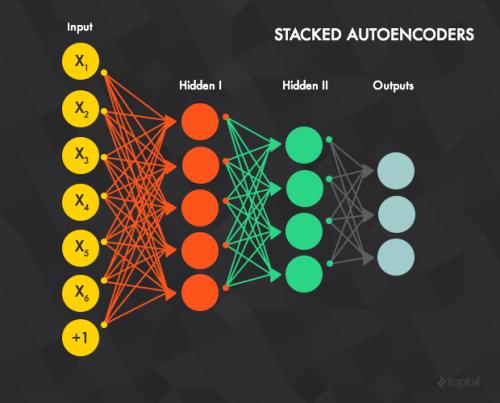This paper shows analytical and experimental evidence of using the vibration dynamics of a compliant whisker for accurate terrain classification during steady state motion of a mobile robot. A Hall effect sensor was used to measure whisker vibrations due to perturbations from the ground. Analytical results predict that the whisker vibrations will have a dominant frequency at the vertical perturbation frequency of the mobile robot sandwiched by two other less dominant but distinct frequency components. These frequency components may come from bifurcation of vibration frequency due to nonlinear interaction dynamics at steady state. Experimental results also exhibit distinct dominant frequency components unique to the speed of the robot and the terrain roughness. This nonlinear dynamic feature is used in a deep multi-layer perceptron neural network to classify terrains. We achieved 85.6\% prediction success rate for seven flat terrain surfaces with different textures.
翻译:本文展示了在移动机器人稳态运动期间,使用符合要求的螺旋翼的振动动态进行准确地形分类的分析和实验证据。由于来自地面的扰动,使用大厅效应传感器测量螺旋振动。分析结果预测,在由另外两个不那么主要但不同频率的部件三明治的移动机器人的垂直扰动频率上,螺旋振动的频率将占主要频率。这些频率组件可能来自由于稳定状态的非线性互动动态而使振动频率的分解。实验结果还显示出与机器人的速度和地形粗糙程度不同的独特的主要频率组成部分。这一非线性动态特征被用于一个深层多层透视神经网络对地形进行分类。我们为7个具有不同纹理的平坦地形表面实现了85.6-----预测成功率。





